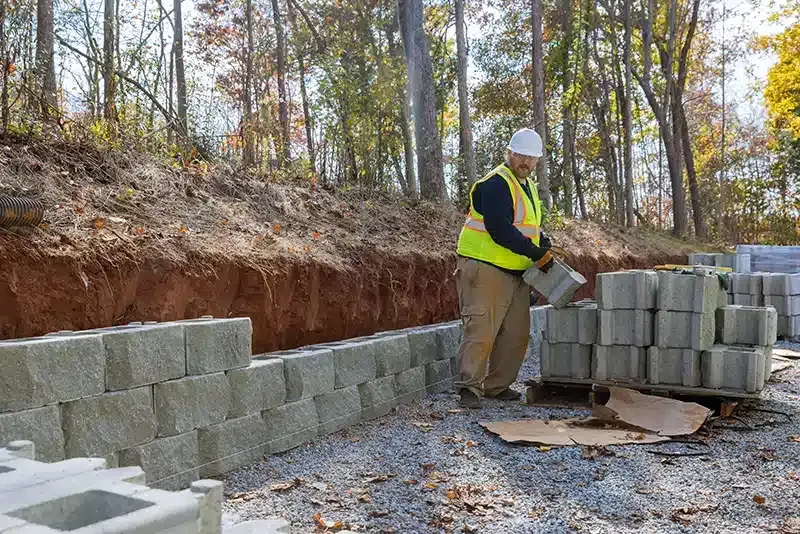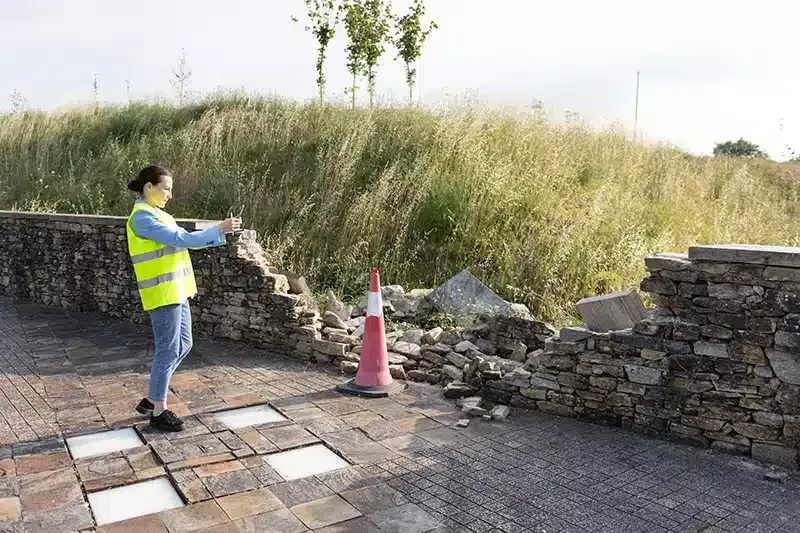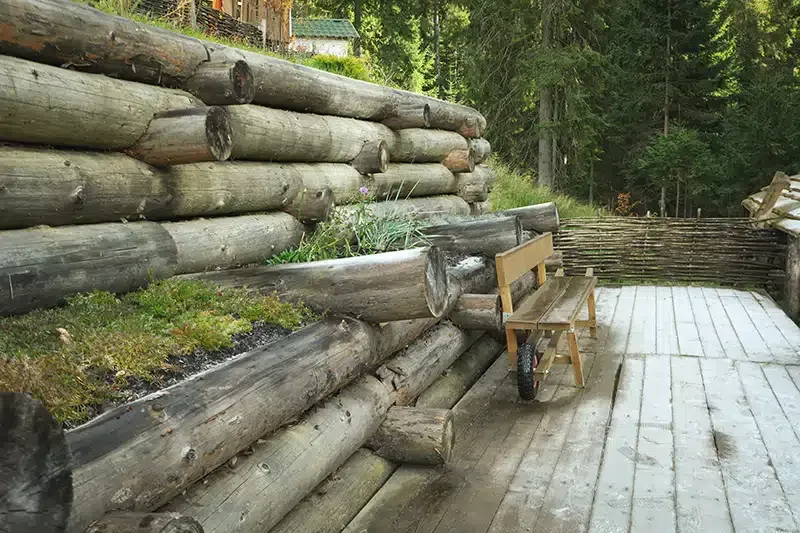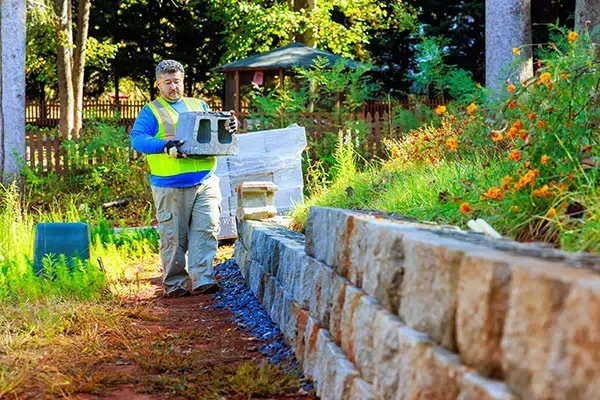Where do stone retaining walls fit in modern landscaping?
Where Do Stone Retaining Walls Fit in Modern Landscaping?

In today’s landscaping, function and aesthetics go hand in hand, and few elements balance both as beautifully as a stone retaining wall. Once used primarily to hold back soil on hilly or uneven terrain, stone retaining walls have evolved into design features that enhance outdoor living spaces.
From natural-looking borders to dramatic tiered gardens, these walls add timeless character while serving essential structural roles. As more homeowners and property developers seek lasting materials with visual appeal, stone retaining walls are becoming a staple in modern landscape design.
Aesthetic Versatility in Contemporary Design
Stone retaining walls complement a wide range of architectural and landscape styles, offering natural texture and visual depth.
- Blend with both traditional and modern aesthetics: Natural stone works equally well in rustic gardens, mid-century homes, or sleek contemporary landscapes.
- Use as a focal point or subtle backdrop: Depending on stone type and layout, a wall can anchor a design or blend seamlessly into the surroundings.
- Add character with variation in shape and color: Irregular stonework or multi-tonal materials add richness and organic charm to otherwise minimal spaces.
Structural Support and Terrain Management
Stone walls still serve their original purpose—managing slopes and preventing erosion—but do so with durable beauty.
- Stabilize uneven or sloped ground: Stone walls prevent soil from washing away and allow for usable flat areas on hilly sites.
- Support raised planting beds or terraces: Multi-level gardens built into slopes benefit from stone walls that hold each tier in place.
- Withstand environmental stress: Natural stone has excellent durability and resists shifting or cracking under pressure and weather exposure.
Eco-Friendly and Low-Maintenance Choice
Natural stone aligns well with sustainable landscaping trends, especially when locally sourced and properly installed.
- Requires little maintenance over time: Unlike timber or concrete blocks, stone doesn’t rot, warp, or need sealing.
- Reduces the need for chemical treatments: Stone is inherently pest-resistant and won’t leach harmful substances into soil or groundwater.
- Promotes natural drainage: Dry-stacked or properly spaced stone walls allow water to pass through, reducing runoff and erosion issues.
Functional Design Elements in Outdoor Living
Beyond holding back the earth, stone walls contribute to the usability and flow of outdoor spaces.
- Double as built-in seating: Low stone walls can serve as casual seating for patios, firepits, or garden areas.
- Define zones within larger landscapes: Use walls to create visual separation between patios, lawns, gardens, or walkways.
- Incorporate lighting or water features: Walls can be built to house low-voltage lighting or complement fountains and ponds for added ambiance.
Long-Term Value and Curb Appeal
Investing in stone retaining walls can increase property value and visual appeal, especially when done by a qualified retaining wall installer.
- Enhance resale potential with lasting beauty: Natural stone gives an upscale appearance that appeals to potential buyers.
- Outlasts many alternative materials: Stone has a longer lifespan than wood, composite, or modular concrete systems, reducing replacement costs.
- Increase usable land and landscape design flexibility: Retaining walls can expand yard space, allowing for additional features like patios or gardens.
Stone retaining walls are more than just functional structures—they are integral to modern landscaping that values sustainability, design harmony, and long-term durability. Whether used to manage elevation changes or enhance outdoor aesthetics, stone walls offer timeless elegance and practical benefits.
As landscape trends continue to prioritize natural materials and multifunctional spaces, stone retaining walls will remain a smart and stylish solution for both residential and commercial properties.


